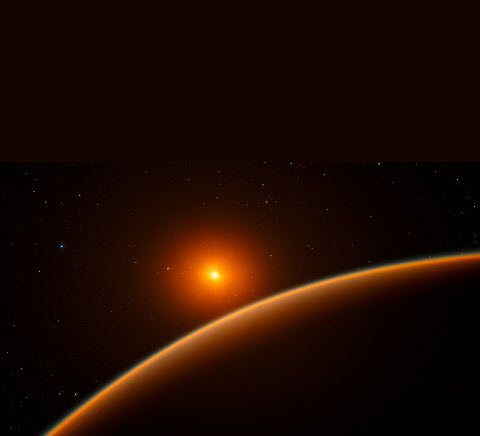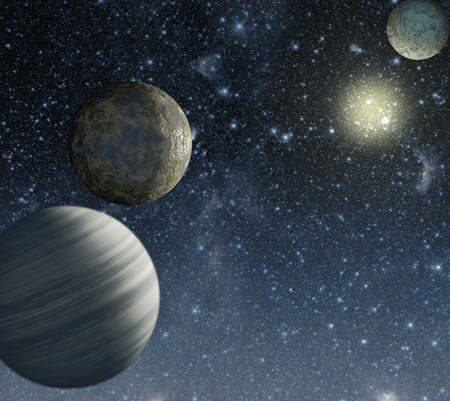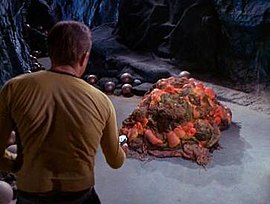
A few days ago there was an international conference held at Stanford University, at which dozens of scientists gathered to discuss how current instruments might be fine-tuned to scour nearby planetary systems for the signs of life. This in itself is a huge step forward from the situation in my teens. Back then, although people were still landing on the moon, probes to explore other planets were somewhat hit and miss, and the only thing we could do about other planetary systems was speculate. I remember earnest debates about the probability that planets might be reasonably common, but solid information was totally lacking.

Then in 1992 the first planet outside our solar system was confirmed, by means of the small variations in light as it moved periodically between us and its star. Such planets are now called exoplanets, and known ones range in size from smaller than Earth, to much larger than Jupiter. The count has continued to climb, and we now recognise around 3500 of them, with another 1000 or so candidates being evaluated. The optimistic estimates of the past were correct – it seems that planets are everywhere. The search has steadily refined, and has now moved from the basic question of “are there any planets?”, through to the more subtle issues of “what are they like?” and “could anything live there?” Some are (in stellar terms) very close, including at least one circling Proxima Centauri, the nearest star to us.

Science fiction writers have swayed in both directions. EE (Doc) Smith was lavish in his depiction of extraterrestrial life, especially in his Lensman series in which multitudes of planets teemed with intelligent life forms of huge variety. Asimov, on the other hand, assumed a galaxy which had planets for sure, but with essentially no life other than humans. I have read that this was because John Campbell, the editor of the magazine he contributed to – Astounding Science Fiction – was hostile to the idea for both scientific and literary reasons. Be that as it may, Asimov painted an empty universe throughout his life, and in his extensive writings hardly ever touched on the chance of meeting alien life.
In general, authors have tried to think across the whole spectrum of alien response. Fred Hoyle’s Black Cloud described a life form which was scarcely even aware that planetary life was possible. Solaris (by Stanislaw Lem, spawning two films) was based around a sentient ocean, and the rather unpredictable responses of people encountering it.

Well known first-contact films have, as a rule, dwelt on the possibility that aliens would be hostile. Starship Troopers, Independence Day, Predator, and the sundry Alien films have all supposed that our dealings with extraterrestrial life would be violent and difficult. It is a lineage that goes back to HG Wells and War of the Worlds. Arrival is a recent counterexample, where the hostility was in the minds of us humans rather than the newcomers. Star Wars set a trend for wild diversity, though it is striking that humanoid life forms tend to be in charge!

Television series, with the need for ongoing plotlines, have been more varied. Star Trek again assumed that we would find lots of variety, and even the original series explored the possibility of silicon-based life. Alien species here might be friendly, hostile, or indifferent, and you never knew what to expect. Other series have followed this pattern, steadily eroding (for the most part) the idea that humanoids are automatically the best).
Meanwhile, the quest for what is actually out there continues. Nothing has been found yet which would unequivocally indicate life exists outside our solar system: what we can say is that the preconditions for it are very abundant.
